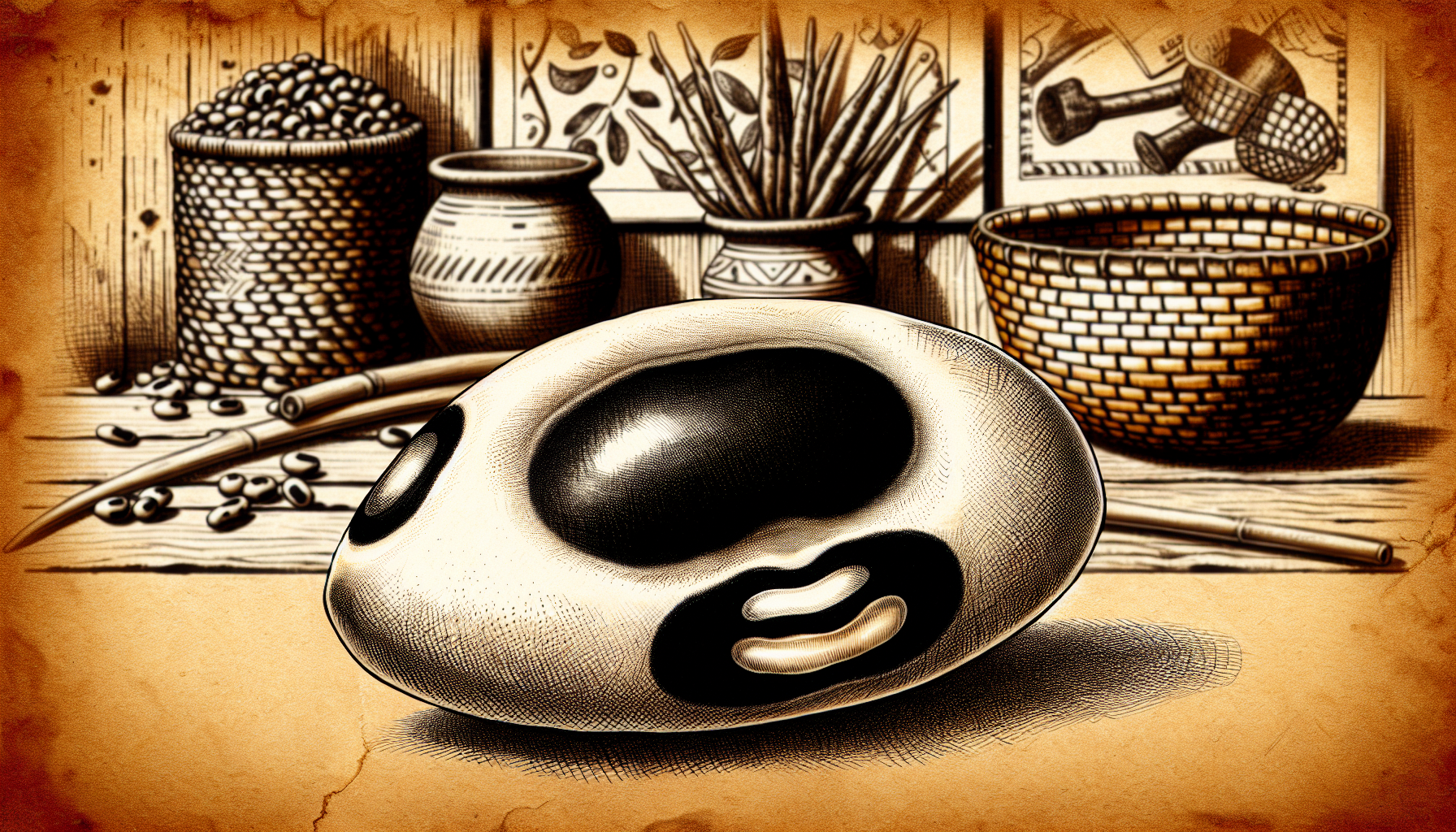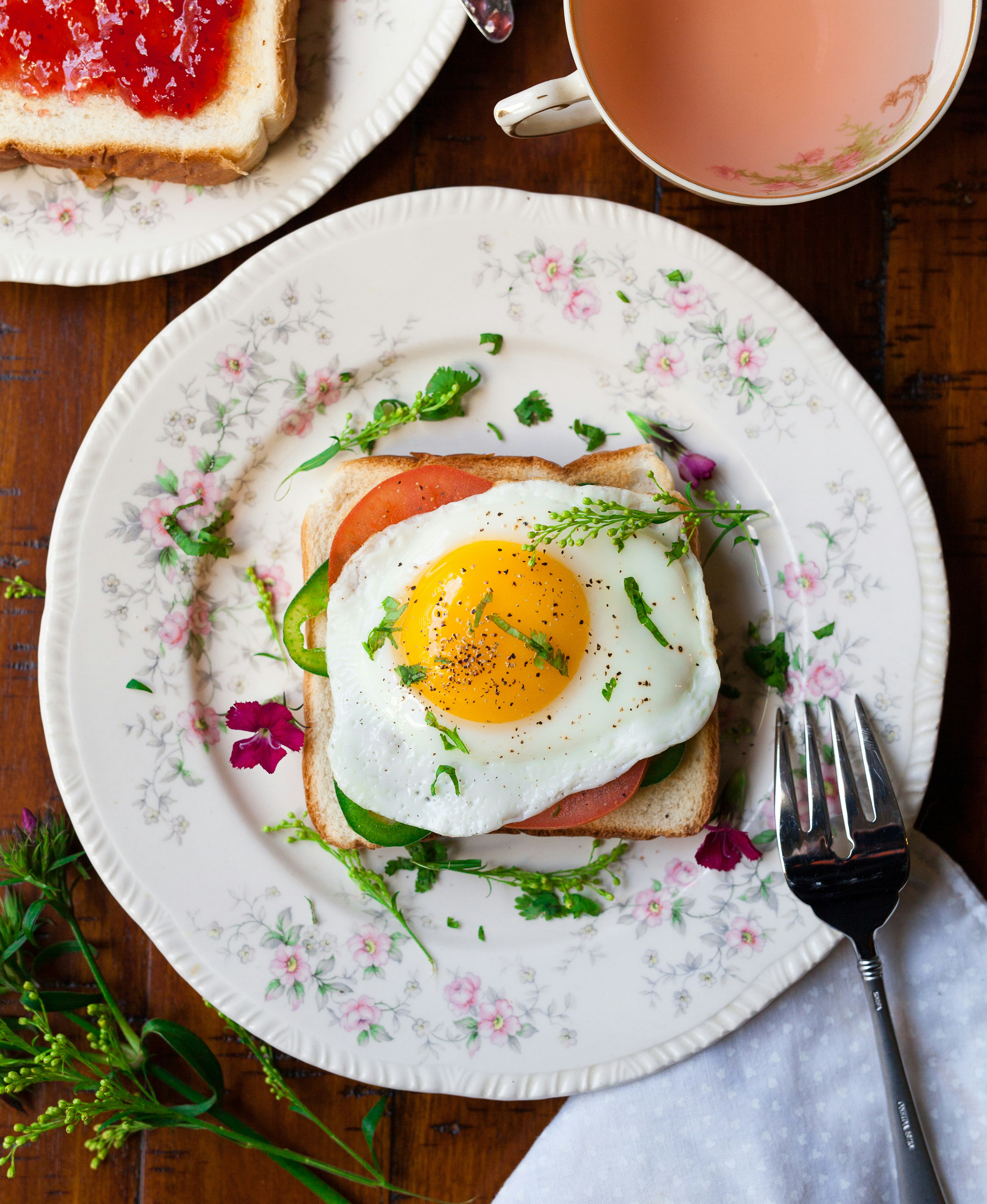Black-eyed peas have long been associated with Southern cuisine, but are they truly a staple in Southern cooking? These small legumes have a distinct flavor and texture, making them a versatile ingredient in a variety of dishes. From Hoppin’ John to black-eyed pea salad, they have found their way into the hearts and palates of Southerners. In this article, we will explore the history and significance of black-eyed peas in Southern cooking, uncovering why they are cherished by so many in this part of the United States. So, get ready to discover the delightful world of black-eyed peas and their place in Southern culinary traditions.
Black-Eyed Peas Overview
Black-eyed peas, also known as cowpeas, are a type of legume that originated from Africa. They are small, creamy white beans with a prominent black spot, giving them their distinctive name. Black-eyed peas have a mild, earthy flavor and a creamy texture, making them a versatile ingredient in various dishes. They are a common staple in Southern cooking, where they are widely used in both traditional and modern recipes.
Origin of Black-Eyed Peas
Historical Background
The history of black-eyed peas dates back thousands of years to ancient African civilizations. These legumes were cultivated for their nutritional value and ability to thrive in hot and arid climates. Black-eyed peas played a significant role in African cuisine and were traded along the trans-Saharan trade routes.
Introduction to America
Black-eyed peas were introduced to America during the era of European colonization. They were among the crops brought by African slaves, who carried with them their rich culinary heritage. Initially, black-eyed peas were primarily consumed by enslaved individuals as a source of sustenance. However, their popularity gradually spread beyond the slave population.
Adoption in the Southern Region
Black-eyed peas found a natural home in the Southern region of the United States, where the climate resembled their native African environment. The South’s fertile soil and warm temperatures provided ideal conditions for cultivating black-eyed peas. Over time, they became a vital part of Southern cuisine, reflecting the influence of African traditions and the availability of local ingredients.
Black-Eyed Peas in Southern Cooking
Popularity in the South
Black-eyed peas quickly gained popularity in the South and became a staple in Southern cooking. They were readily available and affordable, making them an accessible source of nutrition for Southern families. Their versatility allowed them to be used in a wide range of dishes, contributing to their lasting fame in the region.
Traditional Usage in Southern Cuisine
In Southern cuisine, black-eyed peas are commonly used in traditional recipes that have been passed down through generations. They are often paired with ingredients such as ham hocks or bacon for added flavor. Black-eyed peas are frequently found in dishes such as stews, casseroles, and side dishes, adding depth and richness to Southern meals.
Symbolic Significance
Black-eyed peas have also taken on symbolic significance in Southern culture. They are believed to bring good luck and prosperity when consumed on New Year’s Day. It is a common tradition in many Southern households to serve black-eyed peas alongside collard greens and cornbread for a prosperous year ahead.
Famous Southern Dishes with Black-Eyed Peas
Hoppin’ John
Hoppin’ John is a classic Southern dish that combines black-eyed peas with rice, onions, and bacon. It is traditionally served on New Year’s Day to bring good luck and fortune. The smoky flavor of the bacon complements the creamy texture of the black-eyed peas in this hearty and comforting dish.
Texas Caviar
Texas Caviar is a popular black-eyed pea salad that originated in the Southwestern United States. It features black-eyed peas mixed with colorful vegetables such as bell peppers, tomatoes, and onions, dressed with a tangy vinaigrette. Texas Caviar is often served as a dip with tortilla chips or as a side dish at barbecues and potlucks.
Black-Eyed Peas Salad
Black-eyed peas salad is a refreshing and nutritious dish made with cooked black-eyed peas tossed with fresh vegetables, herbs, and a zesty dressing. This light and flavorful salad is a perfect addition to summer picnics or as a side dish for grilled meats. The combination of crunchy vegetables and creamy black-eyed peas creates a delightful texture.
Black-Eyed Peas Soup
Black-eyed peas soup is a comforting and filling dish that showcases the natural creaminess of the peas. It can be prepared with a variety of ingredients such as ham or smoked sausage, along with aromatic vegetables and herbs. Black-eyed peas soup is a hearty option for cold winter nights or anytime you crave a comforting bowl of goodness.
Nutritional Value of Black-Eyed Peas
Nutrient Composition
Black-eyed peas are a nutritious powerhouse, packed with essential vitamins, minerals, and dietary fiber. They are a good source of plant-based protein, making them an excellent option for vegetarians and vegans. Additionally, black-eyed peas contain folate, iron, potassium, and antioxidants, contributing to a well-rounded and healthy diet.
Health Benefits of Black-Eyed Peas
The consumption of black-eyed peas is associated with various health benefits. Their high fiber content promotes healthy digestion and helps regulate blood sugar levels. Black-eyed peas are also known for their role in heart health, as they are low in saturated fat and cholesterol. Including black-eyed peas in your diet can support weight management, reduce the risk of chronic diseases, and enhance overall well-being.
Cooking Techniques for Black-Eyed Peas
Soaking Methods
Before cooking black-eyed peas, it is recommended to soak them overnight or for at least four hours. Soaking helps soften the peas and reduce their cooking time. Simply place them in a bowl, cover with water, and let them soak. Drain and rinse before using in recipes.
Boiling Techniques
One of the most common cooking methods for black-eyed peas is boiling. To boil black-eyed peas, arrange them in a pot, cover with water, and bring to a boil. Reduce the heat and simmer until tender, usually taking about 45 minutes to an hour. Add salt or seasoning to enhance the flavor during the cooking process.
Sautéing in Southern Cookery
Sautéing black-eyed peas is a popular technique in Southern cooking. Heat a skillet or a frying pan over medium heat, add a small amount of oil or butter, and sauté the black-eyed peas with desired seasonings and aromatics. Sautéing gives the peas a slightly crispy texture while allowing them to absorb the flavors of the seasonings.
Frying in Southern Cookery
Another Southern favorite is frying black-eyed peas, which creates a crispy and flavorful snack. After boiling or soaking the peas, drain them thoroughly and pat them dry. Heat oil in a deep fryer or skillet and fry the peas until golden and crispy. Season with salt or spices for an irresistible treat.
Cultivation of Black-Eyed Peas in the South
Farming Techniques
In the Southern region, black-eyed peas are cultivated using various farming techniques. They are typically grown as warm-season annual crops, requiring full sun and well-drained soil. Farmers follow practices such as crop rotation, pest control measures, and irrigation to ensure optimal growth and yield.
Harvesting and Storing Methods
Black-eyed peas are harvested when the pods turn brown and dry. Farmers use mechanical harvesters or harvest the peas by hand. After harvesting, the peas are processed to remove any debris and sorted for quality. They can be stored in a cool and dry place for several months, preserving their freshness and flavor.
Black-Eyed Peas and Southern Culture
Role in New Year’s Celebrations
In Southern culture, black-eyed peas hold a special place in New Year’s traditions. Consuming black-eyed peas on New Year’s Day is believed to bring good luck and prosperity for the upcoming year. It is customary to serve black-eyed peas alongside collard greens, which represent wealth, and cornbread, symbolizing gold.
Symbolism for Luck and Prosperity
Black-eyed peas have become a symbol of luck and prosperity in Southern culture. The round shape and abundance of the peas are associated with coins, while their golden color signifies wealth. Eating black-eyed peas on New Year’s Day is considered a way to invite good fortune into one’s life.
Influence on Music and Literature
Black-eyed peas have also made their mark on Southern music and literature. They have been featured in songs and poems, showcasing their cultural significance. Through these artistic expressions, black-eyed peas have become deeply intertwined with Southern identity and storytelling traditions.
Modern Usage of Black-Eyed Peas in Southern Cuisine
Contemporary Twists on Traditional Recipes
While black-eyed peas continue to be a staple in traditional Southern cuisine, contemporary chefs and home cooks have embraced new interpretations and flavor combinations. They experiment with ingredients such as spices, herbs, and different cooking techniques to elevate the humble black-eyed pea into a culinary masterpiece.
Inclusion in Vegan and Vegetarian Cuisine
As more people embrace plant-based diets, black-eyed peas have found a place in vegan and vegetarian cuisine. Their natural creaminess and high protein content make them a versatile substitute for meat in various dishes. From black-eyed pea burgers to vegan stews, these legumes offer a satisfying and nutritious alternative.
Black-Eyed Peas in Gourmet Cuisine
Black-eyed peas have also found their way into gourmet cuisine, where chefs showcase their unique flavors and textures in creative ways. They may be used as an accompaniment to elegant seafood dishes, incorporated into elegant salads, or featured in innovative appetizers. The versatility of black-eyed peas allows them to shine in the world of high-end gastronomy.
Conclusion: Black-Eyed Peas as a Southern Staple
Black-eyed peas have a rich historical and cultural significance in Southern cooking. They have transcended their humble origins to become a beloved ingredient in various dishes and a symbol of luck and prosperity. From Hoppin’ John to contemporary gourmet creations, black-eyed peas continue to be cherished and appreciated in Southern cuisine. As a staple ingredient that embodies the spirit and heritage of the South, black-eyed peas are likely to maintain their popularity in the future while inspiring new culinary innovations.




